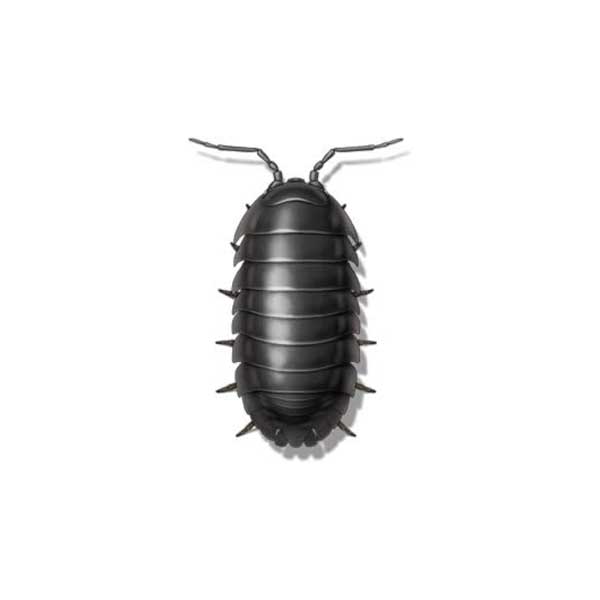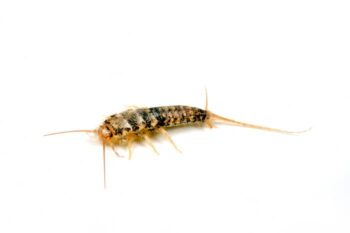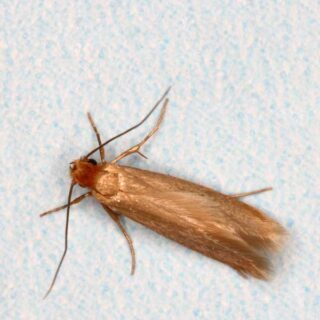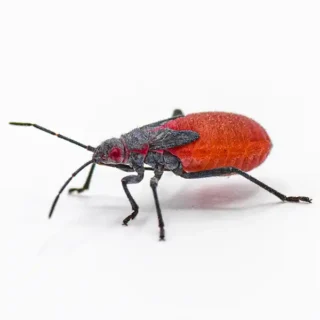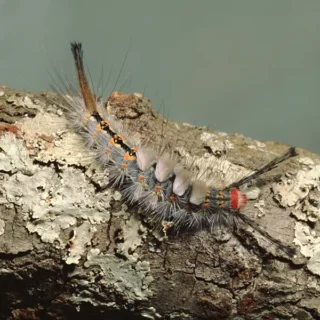Identifying Sowbugs in Florida
If you’ve noticed tiny, armored creatures scurrying around your home or garden, you may be dealing with sowbugs. These critters are often mistaken for insects but are actually crustaceans – and they are one of many common pests found in Florida.
Explore our Florida Bug Identification page for detailed information on the various types of insects found throughout the state.
Sowbugs are typically grayish-brown in color.
Much like the pillbug, sowbugs aren’t classified as insects, but isopods. Due to their similar nature, sowbugs and pillbugs can sometimes be used interchangeably.
While they aren’t harmful, the presence of sowbugs can signal damp, decaying environments that may lead to other issues.
The sowbug has a pair of tail-like appendages that project out from the rear of its body, preventing them from rolling up to protect themselves. They are easily recognized by their back, which is made up of a number of hard individual plates.
Since sowbugs require moisture, they do not survive indoors for more than a few days unless there are very moist or damp conditions.
Where in Florida Do Sowbugs Live?
In Florida, sowbugs thrive in moist environments and can be found outdoors under mulch, fallen leaves, and rocks. Sowbugs are also nocturnal crustaceans – active at night when humidity is higher so they have a lower chance of drying out.
Sowbugs are scavengers and feed mainly on organic matter. They may leave their natural habitats at night and crawl about over sidewalks, patios, and foundations.
These pests can become a nuisance as they often invade crawl spaces, damp basements, and first floors of structures at ground level.
How Common Are Sowbugs In Florida?
Sowbugs are quite common in Florida, as it is one of the hotter, stickier states in the US, with a relative humidity of 74.5%. It’s no wonder, then, that sowbugs are commonly found. With their moisture-loving tendencies, sowbugs thrive in gardens, under rocks, mulch, and in areas with decaying organic material.
While they are mostly found outdoors, sowbugs can also enter homes, especially in damp basements or crawl spaces. Their prevalence varies depending on the season, but they are most noticeable during the rainy months, when moisture levels are higher and their activity increases.
Are Sowbugs Dangerous?
No, they are not. Sowbugs do not bite or sting and cannot damage household furnishings. Sowbugs are mainly a nuisance pest, especially when they venture indoors. They are harmless to people but can damage the roots of plants when they eat.
These crustaceans typically enter buildings through door thresholds, especially homes with sliding glass doors on the ground level.
Seeing a sowbug in the home usually means that there is a large population outdoors. Their presence can indicate excessive moisture in or around your home, which may attract other pests or lead to mold issues.
If you suspect a sowbug issue, contact your local pest control company. Our team of pest control experts in Florida can help manage your infestation problem!
Need help with Sowbug control?
FAQs
How Do You Get Rid of a Sow Bug Infestation?
Start by reducing moisture levels in and around your home. Fix leaks, improve drainage, and use a dehumidifier if necessary. Clear away mulch, leaf litter, and other organic debris near the foundation. Additionally, seal cracks and gaps in walls, windows, and doors to prevent their entry. If the problem persists, consider using diatomaceous earth or insecticidal soap to target them directly.
For persistent infestations, contact your local pest control experts.
What Do Sow Bugs Hate?
Sowbugs dislike dry environments and strong scents. To deter them, you can use barriers of dry materials like sand or gravel, which create inhospitable conditions. Additionally, scents from essential oils such as peppermint, tea tree, or eucalyptus can repel them. Sprinkling diatomaceous earth around infested areas may also help, as it dries out their exoskeletons and discourages them from entering.
What Spray Should I Use For Sow Bugs?
For sowbug control, insecticidal soap or a solution of water mixed with a few drops of dish soap can be effective. Spray directly on the bugs and their habitats. Alternatively, a mixture of water and essential oils, such as peppermint or neem oil, can deter sowbugs when sprayed around entry points and infested areas. Always follow label instructions for any chemical treatments and consider natural alternatives for a more eco-friendly approach.

